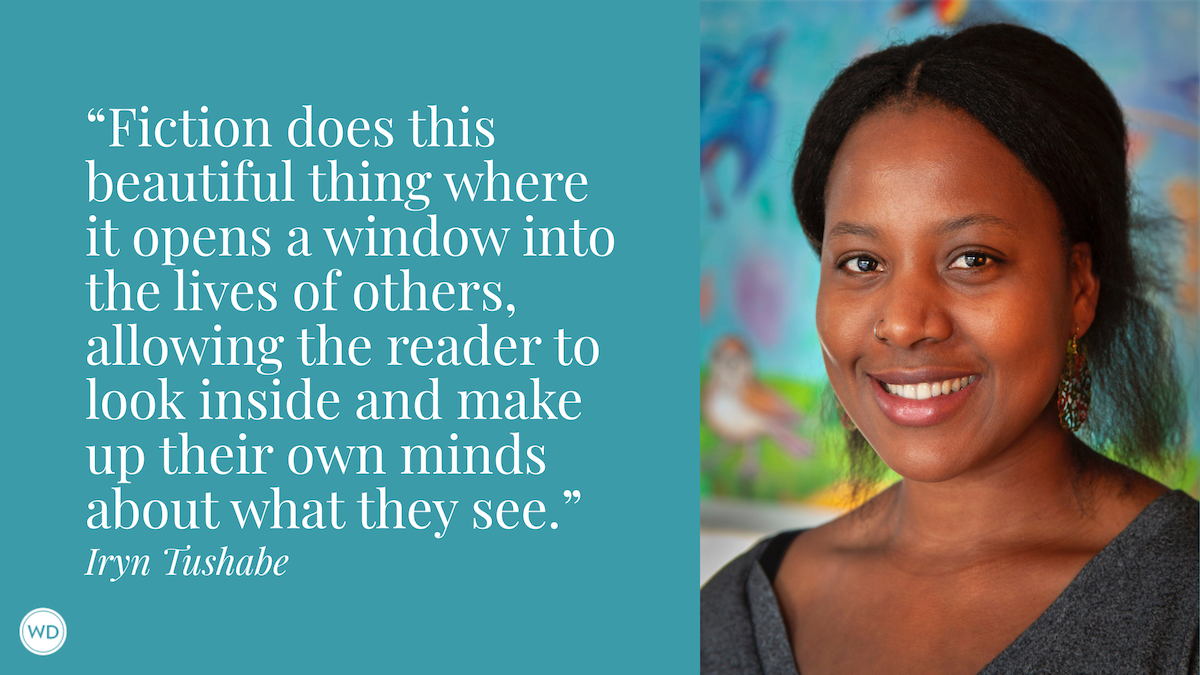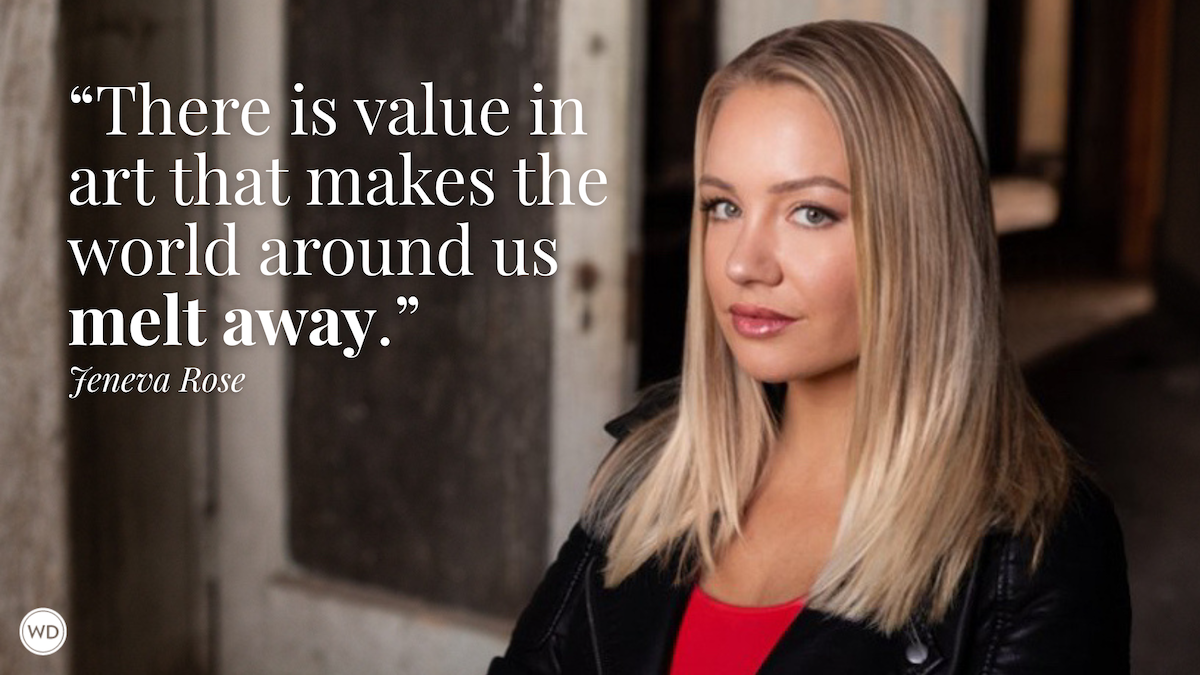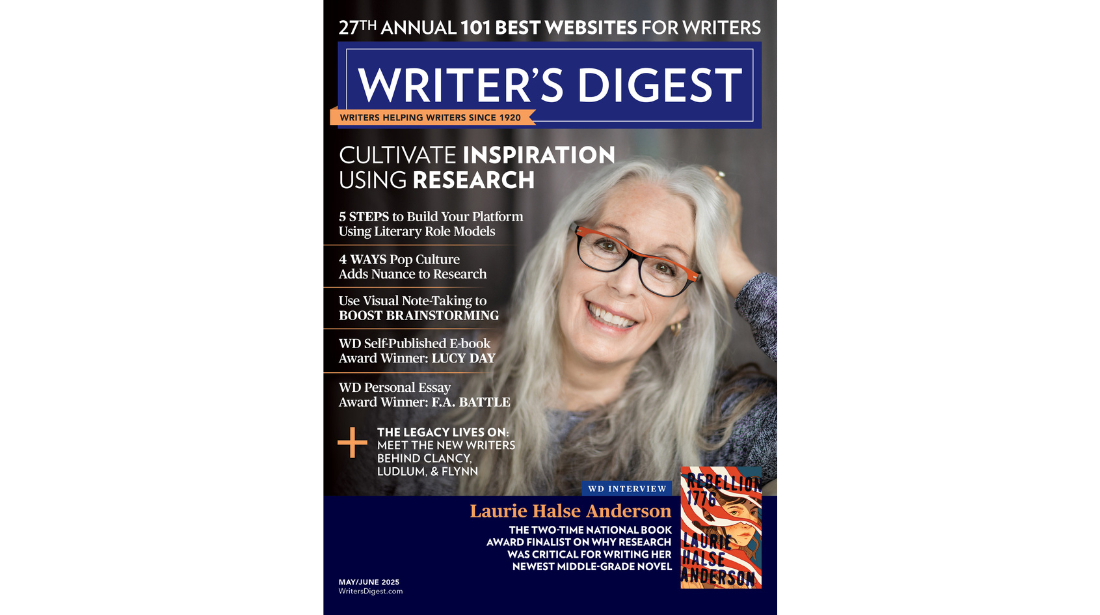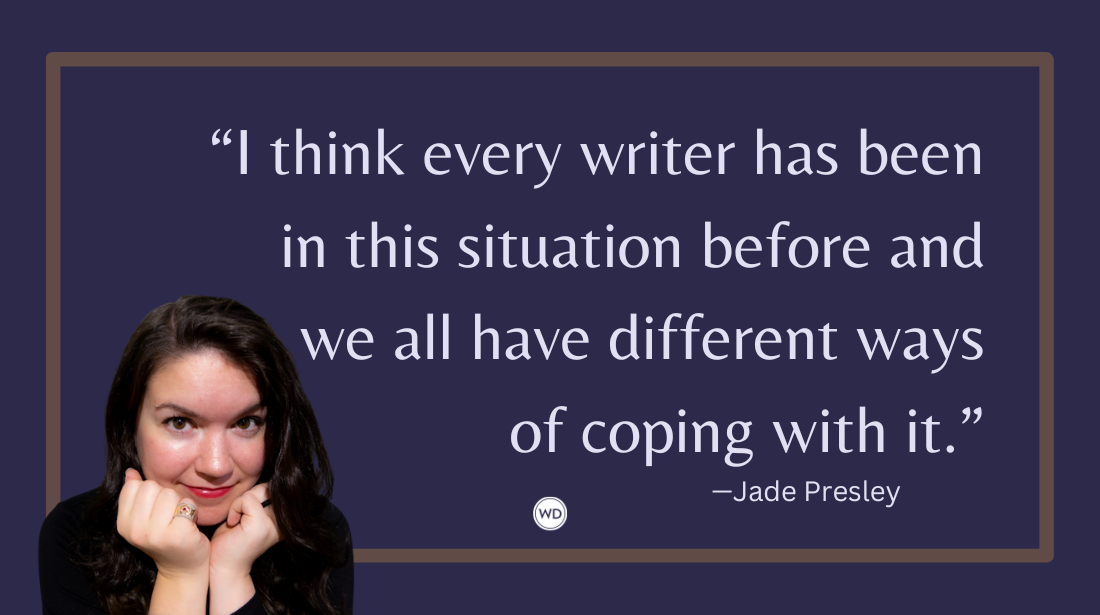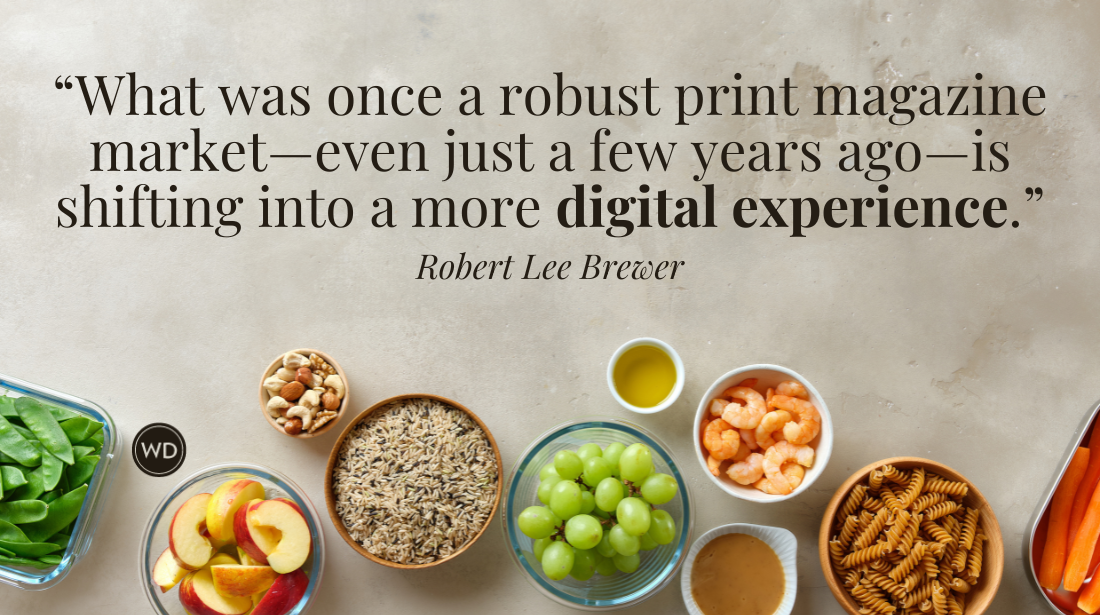Indie Author Spotlight: Sacha Black
Indie Author Sacha Black on how deconstructing bestsellers improved her writing and why an author newsletter can be your best marketing tool.
The Anatomy of a Best Seller: 3 Steps to Deconstruct Winning Books and Teach Yourself Craft; 8 Steps to Side Characters: How to Craft Supporting Roles With Intention, Purpose, and Power; The Anatomy of Prose: 12 Steps to Sensational Sentences; 10 Steps to Hero: How to Craft a Kickass Protagonist; 13 Steps to Evil: How to Craft Superbad Villains; A Game of Hearts and Heists
(Nonfiction writing craft; sapphic fantasy romance; Atlas Black Publishing)
Why self-publish?
I wanted to keep control and maximize the use of my intellectual property. That doesn’t mean I won’t work with traditional publishers. In fact, my nonfiction books were translated into Korean through a publisher. But when you’re an indie, you can choose which rights you sell and which ones you keep. I like the fact I can make these choices based on the publishing route I think would benefit the book best.
Had you considered traditional publishing?
I have a sapphic young adult book I’m editing. The YA LGBTQ+ market is currently dominated by the traditional market so to give the book the best chance, I’d like to query it.
Order a copy of The Anatomy of a Best Seller: 3 Steps to Deconstruct Winning Books and Teach Yourself Craft by Sacha Black.
Self-publishing appeal?
The ability to control my work life. I work how I want at the pace that works for me. Meaning, I get to set the timelines, the formats, the methods, and the marketing. Plus, I’m able to pivot quickly to utilize new tools and marketing strategies. It really is the heart of freedom.
Biggest challenge?
When you work in a team or corporate environment, you have a team to support you if something goes wrong or you encounter a problem. As an indie, everything rests on your shoulders. That’s a lot of problem solving, a lot of troubleshooting and having to work out how to fix and resolve things on your own. That can be grueling at times, especially if you’re the kind of person who likes to bounce ideas around. It can also be confidence building when you do fix something on your own and you realize you can absolutely do anything you set your mind to.
Order a copy of The Anatomy of Prose: 12 Steps to Sensational Sentences by Sacha Black.
Wish I’d known:
I wish I’d understood the power of simplicity in story. When I wrote my first book, I thought everything had to be completely unique and original which resulted in a complex world, plot, and storyline. It was too much. Just because you use a simpler plotline or story structure doesn’t make the story “lesser.” Readers love tropes for a reason, there’s safety in familiarity and lots of flexibility to be creative. I wish I’d understood how to deliver what readers want sooner, but it takes time to understand both how to craft a story and how to match it to reader desires.
Writing advice:
The best action I ever took for my writing craft and business was to learn how to deconstruct what the bestselling authors are doing. What literary tools and devices are they using, how long are their books, do they have clean prose or rich descriptions? What tropes are they using and how pacey is the story? I go to a forensic level and pattern spot the commonalities across multiple books in whatever genre I’m writing in. This helps me deliver a story to readers that I know they’ll enjoy.
Then I do the same but for the author platforms and marketing. What platforms are they using? Are they running ads and if so, on what platforms? Do they content market? Do they rapid release books or do one a year? I sign up to their mailing lists so I can see the frequency of emails and content, I look at their branding and color schemes the way they present themselves online. This, just like with craft, enables me to build a business that I know will appeal to readers, create a platform that attracts them and driving advertising that I know works.
Order a copy of A Game of Hearts and Heists by Ruby Roe.
Marketing Strategy:
We are in a pay-to-play market. There are a lot of books out there and if you want readers to see your books, you need to find a method of driving traffic to them. I do that through a combination of paid advertising, like AMS ads, paid newsletters, and content marketing. For content marketing, I use TikTok, podcasting, interviews, speaking, and social media.
The most important part of my marketing, though, is getting the right reader magnet to encourage sign-ups on my mailing list. Your mailing list is always your best asset because it gives you direct access to readers who know and like you and want to read more of your work. You control your list, no one can take it away from you, and even if the big bookstores fall, you can still sell books directly to readers through your mailing list.
Don’t Skimp On:
I don’t think it will come as news to anyone, but do not—under any circumstances—skimp on the cover. Don’t do it yourself; just don’t. Readers will one click buy if the cover is good enough, and they’ll one click leave if it’s not. Even as an author myself, I will refuse to pick up a book if the cover isn’t good enough. Your cover is your first marketing tool. It’s the first thing readers see and therefore the first opportunity for them to pass on your book. Pay a designer. Get the best cover you can.
Website:
SachaBlack.co.uk
RubyRoe.co.uk
pod.link/rebelauthor
Instagram.com/sachablackauthor/
TikKok.com/@rubyroeauthor
About Amy Jones
Amy Jones is the Editor-in-Chief of Writer’s Digest and was the managing content director for WD Books. She is the editor of the Novel and Short Story Writer's Market and Children's Writer's and Illustrator's Market. Prior to joining the WD team, Amy was the managing editor for North Light Books and IMPACT Books. Like most WD staffers, Amy is a voracious reader and has a particular interest in literary fiction, historical fiction, steamy romance, and page-turning mysteries. When she’s not reading, Amy can be found daydreaming about Italy or volunteering at her local no-kill cat shelter. Find Amy on Twitter @AmyMJones_5.



